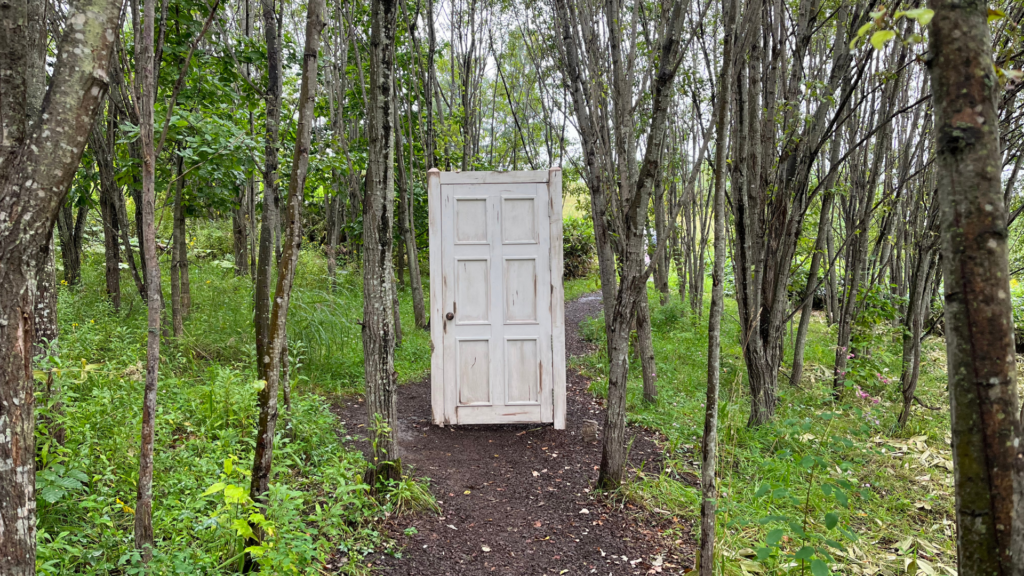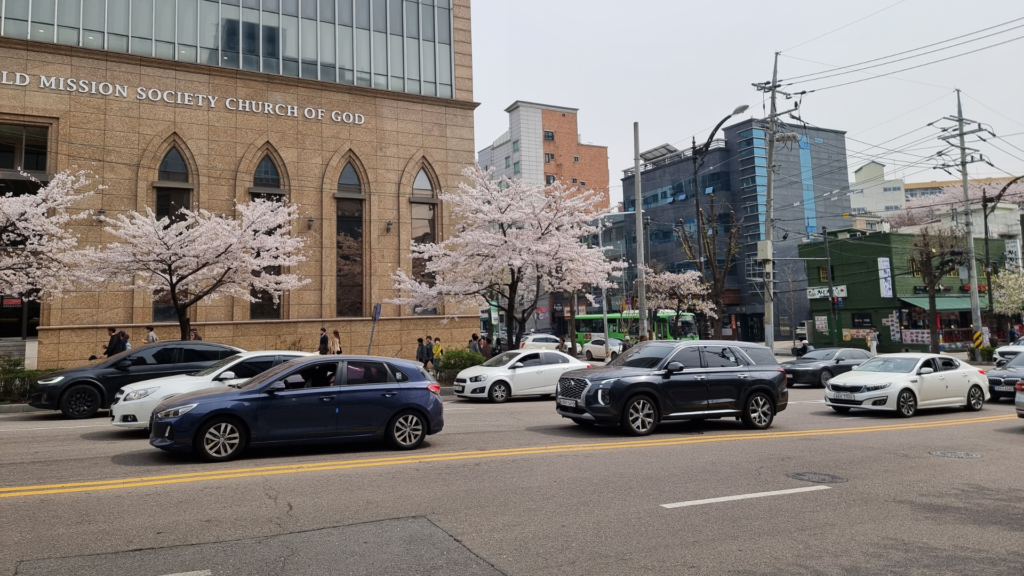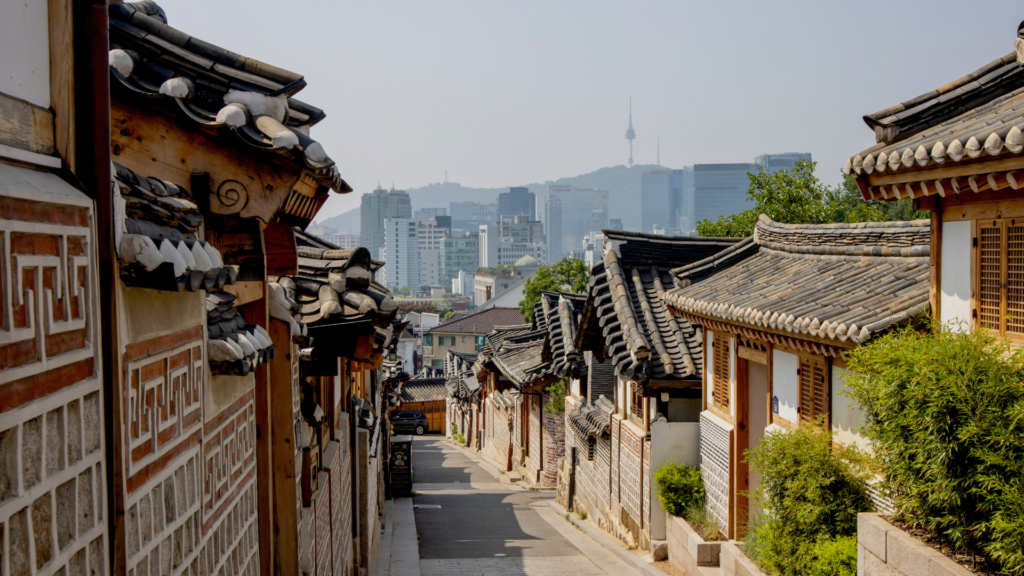One of the most important holidays for Koreans is Seollal (설날), or Korean New Year. It is in fact the first day of the year according to the lunar calendar and is a holiday that is usually spent with the family. Let’s take a look at what it’s all about.

What is Seollal, or Korean New Year?
Apart from Chuseok (추석), the Korean Thanksgiving holiday that falls in autumn, the other most important traditional holiday for Koreans is Seollal. Seollal signifies the first day of the Korean New Year according to the lunar calendar, which is the one that was traditionally adhered to before starting to follow the solar calendar. These two holidays tend to be spent with the family, so very often during these days there is an emptying out of the cities to return to their hometown, resulting in clogged roads.
Usually the Seollal and Chuseok holidays last 3 or 4 days. Based on the lunar calendar, the dates of these holidays vary every year, just like our Easter.
During Korean New Year, people wear the hanbok, the traditional Korean dress. The younger ones, as a sign of respect to the adults in the family, bow before them in a way called sebae (세배). The sebae is a deep bow that is made on the knees while wishing the older family members a happy new year. As a thank you for this sign of respect, you receive an envelope with money, called sebaetton (세뱃돈), which literally means money from sebae (worshipping elders).

What to eat during the Korean New Year
As we said, Seollal is spent with the family. After the symbolic sebae ceremony, everyone eats together, and one of the dishes that should not be missing from the table is tteokguk (떡국), or tteok soup. This is a soup that consists of traditional glutinous rice cakes, to which egg, meat and seaweed can also be added according to one’s taste. This dish brings good luck in the Korean new year and is said to gain an extra year by eating it. In reality, the extra year of age is now acquired during the solar New Year, but when the lunar calendar was followed, it was during the Seollal that one’s birthday was celebrated. This tradition has therefore remained.

How the Korean New Year is spent
After the Korean New Year’s lunch, many families play some traditional games. The most common is yut nori (윷놀이). This is a board game that involves throwing four wooden sticks. These sticks are flat on one side and rounded on the other, and depending on how they fall, players can advance a few squares. Check this video out to learn how to play it. Other traditional games common during Seollal are: nolttwigi, yeonnalligi and paengichigi.
The nolttwigi (놀뛰기) is a garden game. It is similar to a swing, consisting of a plank on which a person stands at each end. By jumping on one end, the person at the opposite end is lifted higher into the air. The origin of this game goes back to the past, when women were not allowed to leave the house and therefore this was the only way to see outside. Today it has remained a traditional garden game mainly for children.
Yeonnalligi (연날리기) is another traditional garden game played mainly during Seollal and consists of flying rectangular kites.
Finally, paengichigi (팽이치기) is a game similar to our spinning. This wooden spinning is wound by a thread attached to a stick. The spinning top is thrown by waving the stick, and the spinning top is tapped every now and then with the same stick to keep it from stopping.
Fun fact about the Korean way of counting years
Korean age is calculated differently from other countries. Instead of calculating the actual time of life, the number of solar years in which one has lived (formerly the lunar years) is calculated. In simple terms, when a child is born it is already one year old and on the following January 1, it will be two years old. For example, if a child is born on December, he or she will already be two years old after one month, even though we are not even one year old yet.
For more information about Korean culture, follow the Go! Go! Hanguk blog and feel free to contact us about living and studying in Korea.















